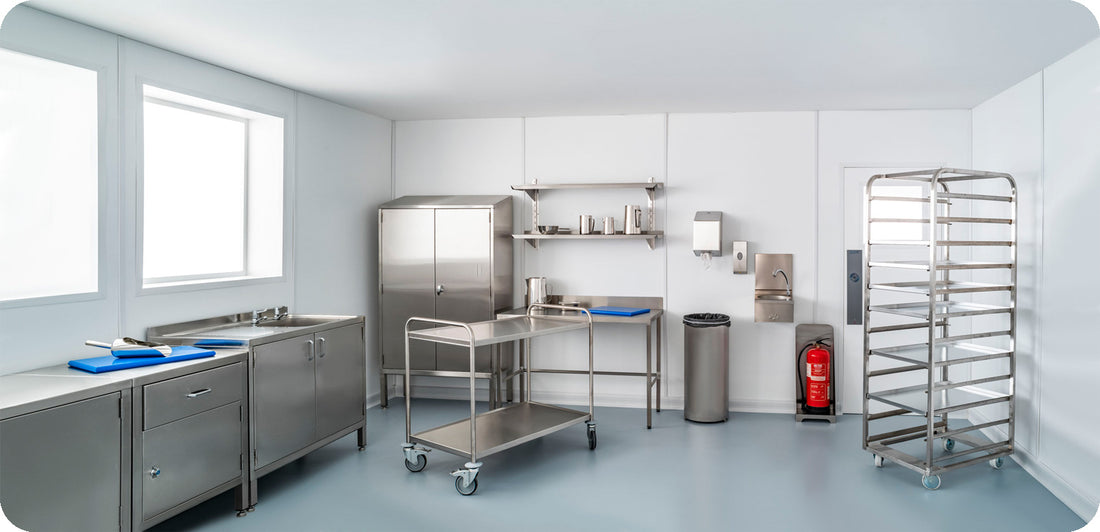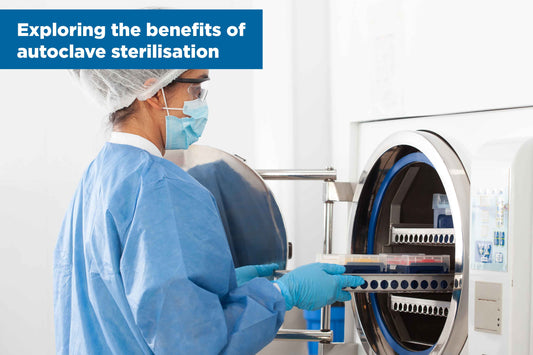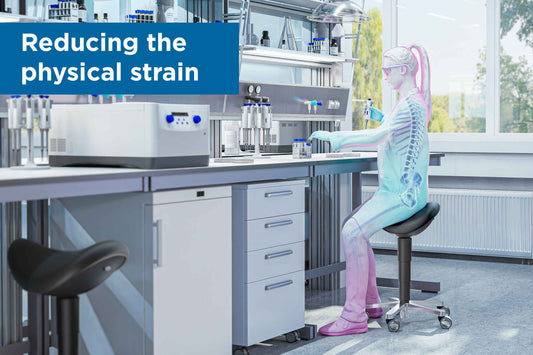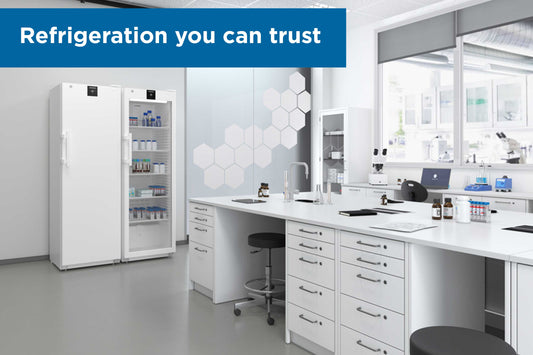Micro-organisms aren’t all that picky, a bacterium needs just two things - food and warmth. When it has both it will grow, potentially doubling in size every 10 minutes.
To make matters worse bacteria are phenomenally tenacious. Some can even survive in climates of less than 10 per cent humidity. And try as you might to stop them, they will find their way into your food facility. They can hitch a lift on a dust mote or survive for weeks on dry clothing on a diet of sloughed skin cells. Consequently, you’ll never totally get rid of these micro-organisms, you can only contain them.

For these reasons, as much as 12 per cent of your staff will be permanently assigned to cleaning. While absolutely business-critical, it takes a significant slice of your operations budget.
We are all acutely aware that time is money. Cutting back on weekly clean down time, even if it’s only by a factor of five percent, will claw back costs over months and years. So, the obvious question to ask is what’s wasting most of this valuable time?
Generally speaking, it’s the furniture and equipment – and that’s with good reason. If you look back at amber alerts from audits, this is invariably where most are raised. Put simply, bad design represents risk. Nooks, crannies, ledges and so on are places where micro-organisms can live and breed.

Make small changes that accumulate in value:
• If an audit flags any furniture as a risk, get rid of it
• Ask hygiene teams what items are fiddly to clean and take more time than others
• Keep everything in good repair – any holes are breeding grounds – replace the feet, stoppers, cracked plastic etc
The time saved from fewer amber alerts, hygiene audit alerts and clean down time will quickly add up to more than the price of replacing them.
Be awkward when buying new. When buying new, be really picky about the specification:
• Look carefully for ‘dirt traps’ – gaps, ledges that are hard to access
• If liquids are used, ensure there are minimal surfaces for water to pool and are sloped for easy drainage
• Accessibility; is it easy to clean behind and beneath? If not, is it light enough to be moved without posing an occupational health risk?
• Raw materials, 304 grade stainless steel has become the food-grade standard. As well as being chemically inert, physically strong and highly resistant to corrosion, it is free of pores and cracks that can harbour microbial contaminants
At Teknomek we’ve taken the time to think like a bacterium so you don’t have to. Our furniture is designed to stop microbes in their (very tiny) tracks and we’re always happy to talk about the minutiae.




